Today’s article from the Design History series talks about something we’re used to see all the time in our lives but we don’t really know how it began or expanded so much: advertising. It’s an important matter for designers, advertisers, companies and customers. Check that out.
The beginning
One of the first advertisement medium was the “Pennsylvania Gazette” published in 1729 by Benjamin Franklin, containing pages with “new advertisements”. Later, in 1784, the “The Pennsylvania Packet & Daily Advertiser” started as the first successful daily American newspaper. Some newspaper banned advertising, while others not, but about 1870 many of them presented ads with an increscent demand.



Newspaper Advertising Agents
The early advertising agents were basically resellers of spaces in newspapers. The ads in general tried to convince the buyers of the qualities of the product, using images, descriptions and sometimes even testimonials. Only later they went deeper “selling” concepts like success, popularity, etc.

Early Philadelphia Agencies
The first advertising agency was opened by Volney Palmer in 1841. He possibly was the first person to use the term “advertising agency”. In 1869 Francis Wayland Ayer opens the N. W. Ayers & Son. that later bought the Volney Palmer agency and could call itself “oldest advertising firm in the US”. They offered services for marketers from all the country. Soon agencies started expanding their services including artwork and layout.
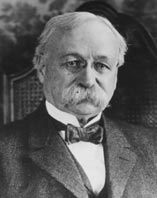
Francis Wayland Ayer
The Science of Advertising
About 1902 the field has expanded so much that people started studying psychology for advertising – like Walter Dill Scott, that published “The Psychology of Advertising in Theory and Practice” that year. He was a pioneer in marketing and advertising studies. According to him, the advertiser should understand how the mind of the customers reacts, what attracts them.
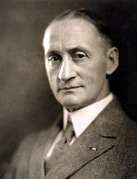
In 1905, Earnest Elmo Calkins publishes The Art of Modern Advertising, making a link between advertising and the consumer, retailer and manufacturer with his studies.
Art Direction
With the increasing of advertising in newspapers and magazines, and their need of images as “art” elements, emerged the need of an “Art director”, responsible for the layout. In America, art direction proceeded the profession of graphic design.
American Graphic Design
The American graphic design emerged due to two main factors. One was the advances in reproductive technologies, which made possible the use of design in large scale. Other factor was the arrival of modernist émigrés from Europe, that understood graphic design as methodologies guiding a creative process, which is the basis for graphic design as a profession. Among them were Bayer, Sutnar, Burtin, Maholy-Nagy and Matter. That time clients started being persuaded to minimize text on advertisings, using only the essential.
Some relevant American graphic designers
Paul Rand
One of the biggest influences for graphic design, Paul Rand, born in 1914, contributed with works on corporate identity, prints and ads.
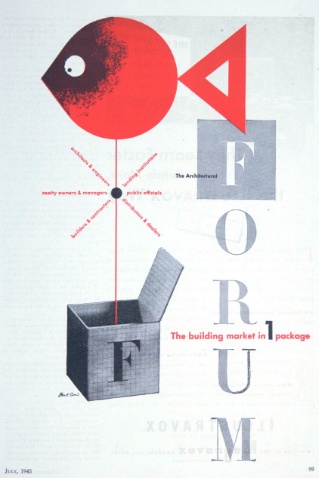

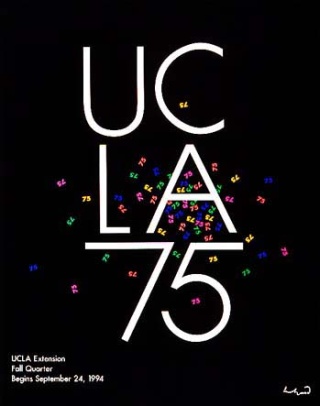
Lester Beall
He was one of the first American designers to have his work published in the known German Magazine Gebrauchsgraphik. He proved to American business that graphic design can solve communication problems and deal with issues like marketing and budget at the same time.
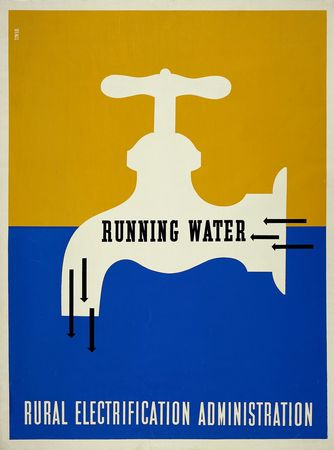
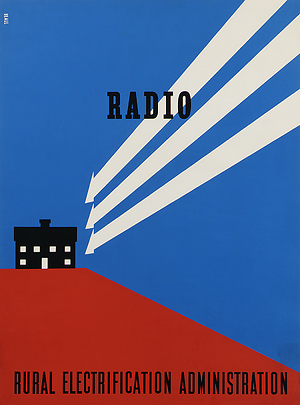
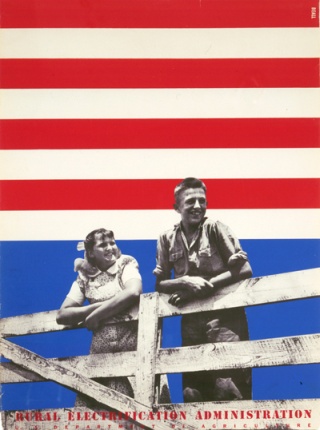
Bradbury Thompson
Known by his good taste and elegance, Bradbury Thompson had a large knowledge of the printing process and knew how to use it well for his designs. He developed the “alphabet 26” or “monoalphabet”, consisted of 26 letters mixing lowercases and uppercases.
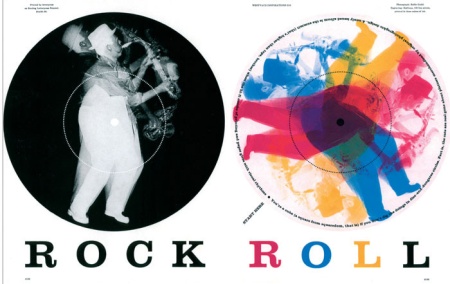
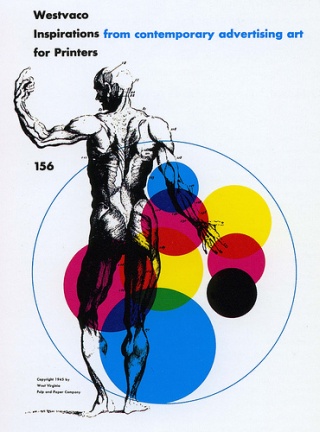
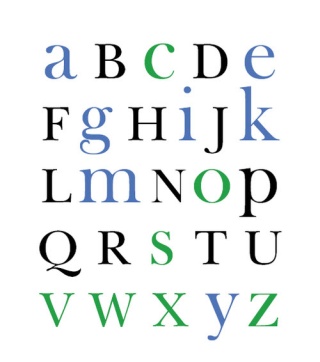
Louis Danziger
One of the first Americans to study and teach history of design, Louis Danziger exemplified the diversity of modernism. He worked with different design areas, such as advertising, editorial design, corporate works and exhibitions. One advice he gives to students: “Work, think, feel”.

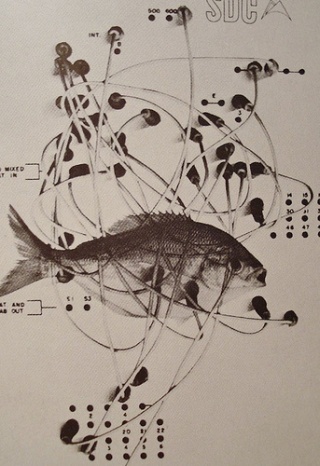
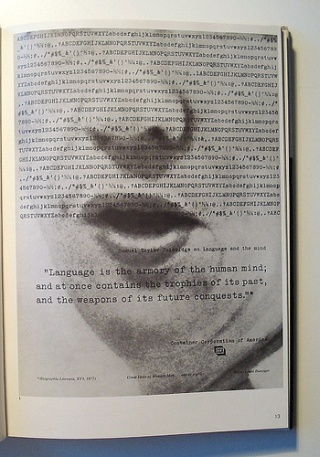
References and further reading:
Design History
Wait until next week for the last article of the series, about the digital revolution in graphic design.

very interesting, I love all those old advertisements.
Knowing this facts really has evidences that marketing and advertisements really started way back. From here many ideas and sales generation were made through it.
Bayeen from bagage cabine